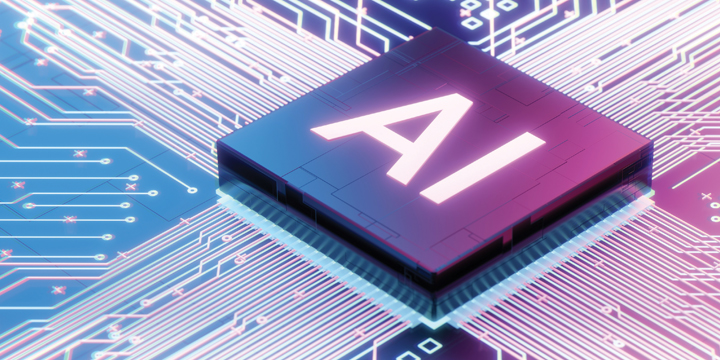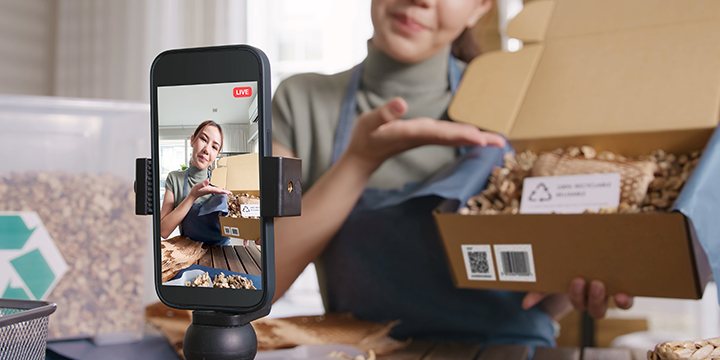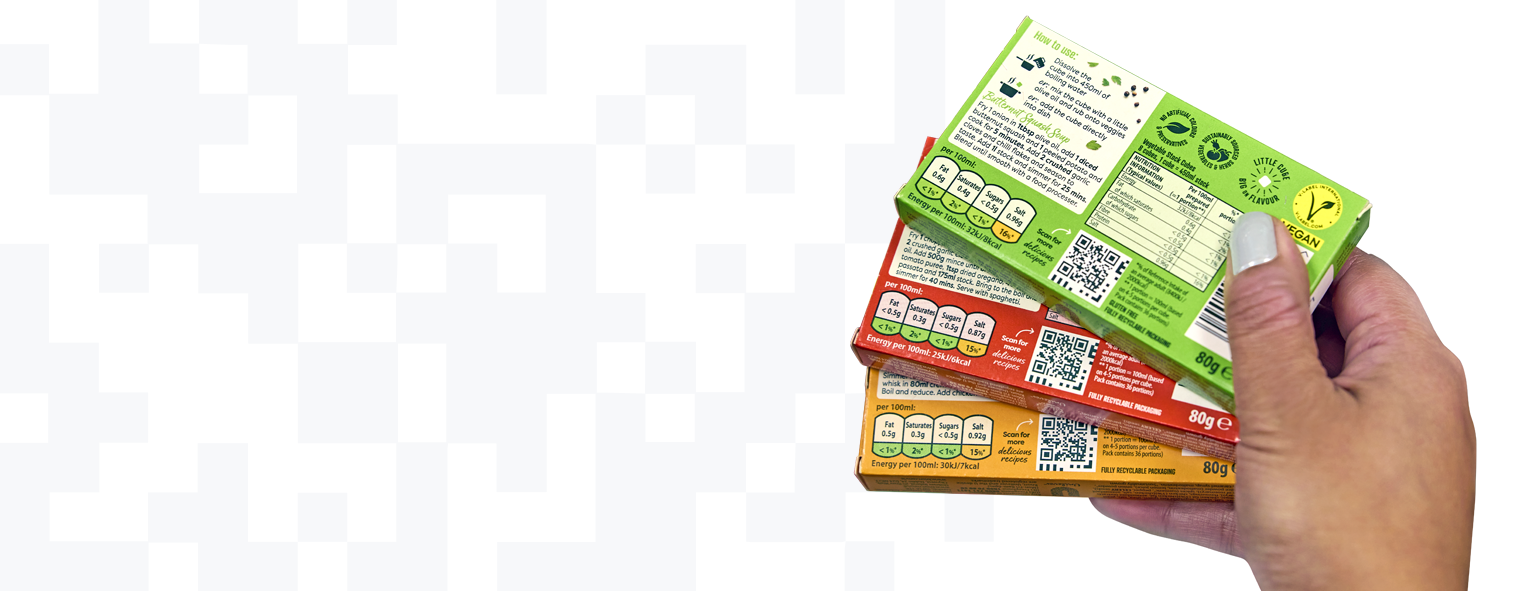May 21, 2024 Industry news
Consumers are demanding more information on the products they buy, from what they are made of and where they are produced to how best to use and recycle them. At the same time, the legislative and regulatory landscape grows ever more challenging with over six hundred global reporting initiatives for ESG alone.
This has left many businesses grappling with a plethora of new data and labelling demands, both at home and when trading overseas.
Governments are also placing greater emphasis on sustainability and many countries are now implementing regulations to promote sustainable packaging practices. In the EU we have seen a variety of new decrees related to the European Packaging and Packaging Waste Directive and in the UK, efforts to harmonise labelling requirements across borders and a consultation on “Fairer food labelling” which aims to improve transparency, consistency and make it easier for consumers to make informed purchasing decisions are now underway.
Our own research has found that of 65 per cent of shoppers will switch between brands based on the sustainability of the packaging. As a result, brands and retailers are putting the demonstration of their sustainability credentials front and centre to support their business as well as the planet.
All this means that packaging needs to work harder. However, physical space is finite which is why many are increasingly turning to connected packaging, typically in the form of QR codes.
What is connected packaging?
Connected packaging is simply regular packaging with some added superpowers. Thanks to technology, it incorporates features that allow it to both communicate and transmit data.
This is usually done through two main methods, both of which can be, and increasingly are, powered by GS1 standards:
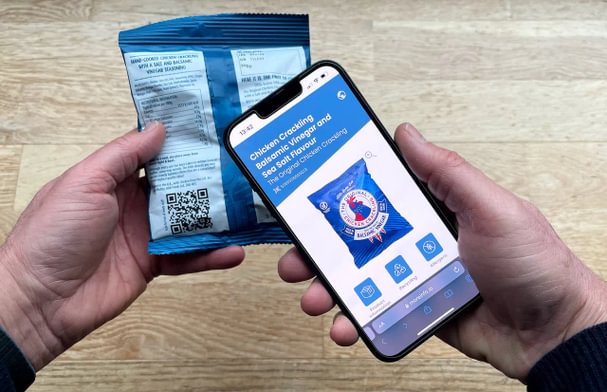
- Unique codes: QR codes printed on pack that allow scanners and smartphone cameras to access product data, supply chain information and online content.
- RFID chips: tiny Radio Frequency Identification chips embedded within the packaging store data about the product and can transmit it wirelessly to scanners or readers, allowing for more detailed tracking and interaction.
QR codes can be especially powerful as they enable brands to connect with their customers in new and engaging ways by providing an instant gateway to a wealth of real-time information, all via a simple smartphone scan.
This could include information on the product’s origins and journey, authentication, recipes and usage tips, sustainability information, offers, promotions and much more.
To put it simply, connected packaging is emerging technology that is transforming how brands interact with consumers and how we experience products with a more informed and engaging shopping experience.
The connected consumer
The shift towards connected packaging continues to gain momentum as 85 per cent of brands are increasing their investment in connected experiences in response to growing consumer demand. 94 per cent of UK adults now own a smartphone with three in five already scanning QR codes in their everyday lives. There is a growing expectation that all things should be instantly knowable, so building trust with consumers in a way that supports convenience and ease is bound to give businesses a competitive edge.
Over a third of UK consumers claim to be “very concerned” about issues regarding the provenance of their products. 73 per cent are willing to pay more for brands that offers complete transparency, 94 per cent are more likely to be loyal to such brands, and 39 per cent would readily switch to a more transparent brand.
On top of this, 45 per cent of consumers want to be reassured by brands, 82 per cent want brands to represent a cause and nearly 90 per cent of Gen X consumers said that they would be willing to spend an extra 10 per cent or more on products that showcase sustainability credentials.
Connected experiences: the future of retail
That is why GS1 UK is now supporting a global transition to the next generation of on-pack labelling – QR codes powered by GS1. These smart, next generation barcodes connect your product’s unique identity – its Global Trade Item Number (GTIN) - to a wealth of real-time online content. Beyond this, QR codes powered by GS1 can be packed with crucial details like use-by dates, batch numbers and more to improve supply chain transparency.
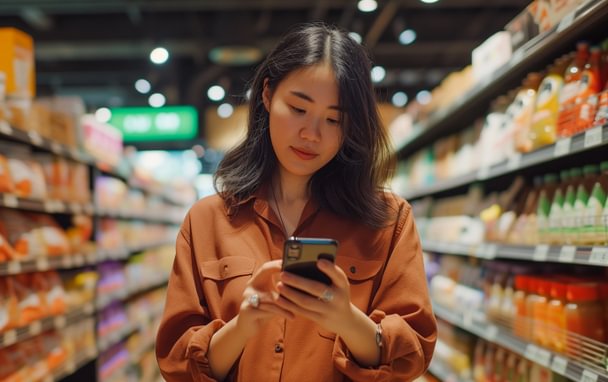
GS1 UK is now embarking on the next 50 years of industry transformation delivered through QR codes powered by GS1.
That is why we recently contributed to a new “Connected Experience Report” by SharpEnd, the world's first agency dedicated to connecting brands with their consumers via the IoT - Internet of Things.
Based on responses from 1,000+ brand and marketing budget holders and decision makers, the report examines how these shifting consumer and industry dynamics are driving mass adoption, excitement and limitless possibilities.
Key findings include:
- 89 per cent of brands are currently using some form of connected experience to drive engagement in-store and on-product
- 85 per cent of brands are committed to increasing their investment in connected experiences in the next 12 months
- 74 per cent of brands have increased focus on connected experiences as part of their strategy in the past three years
- 86 per cent of brands expect widespread adoption of connected experiences in the next 12 months
- 50 per cent of brands believe that connected technology will soon become mandatory for communicating sustainability credentials
SharpEnd’s research suggests that we are entering a new age beyond connected packaging, connected products and connected experiences. An age defined by a more holistic approach to experience and the ability to seamlessly connect everything together - the era of the connected consumer journey.
Read the full report to find out more.

